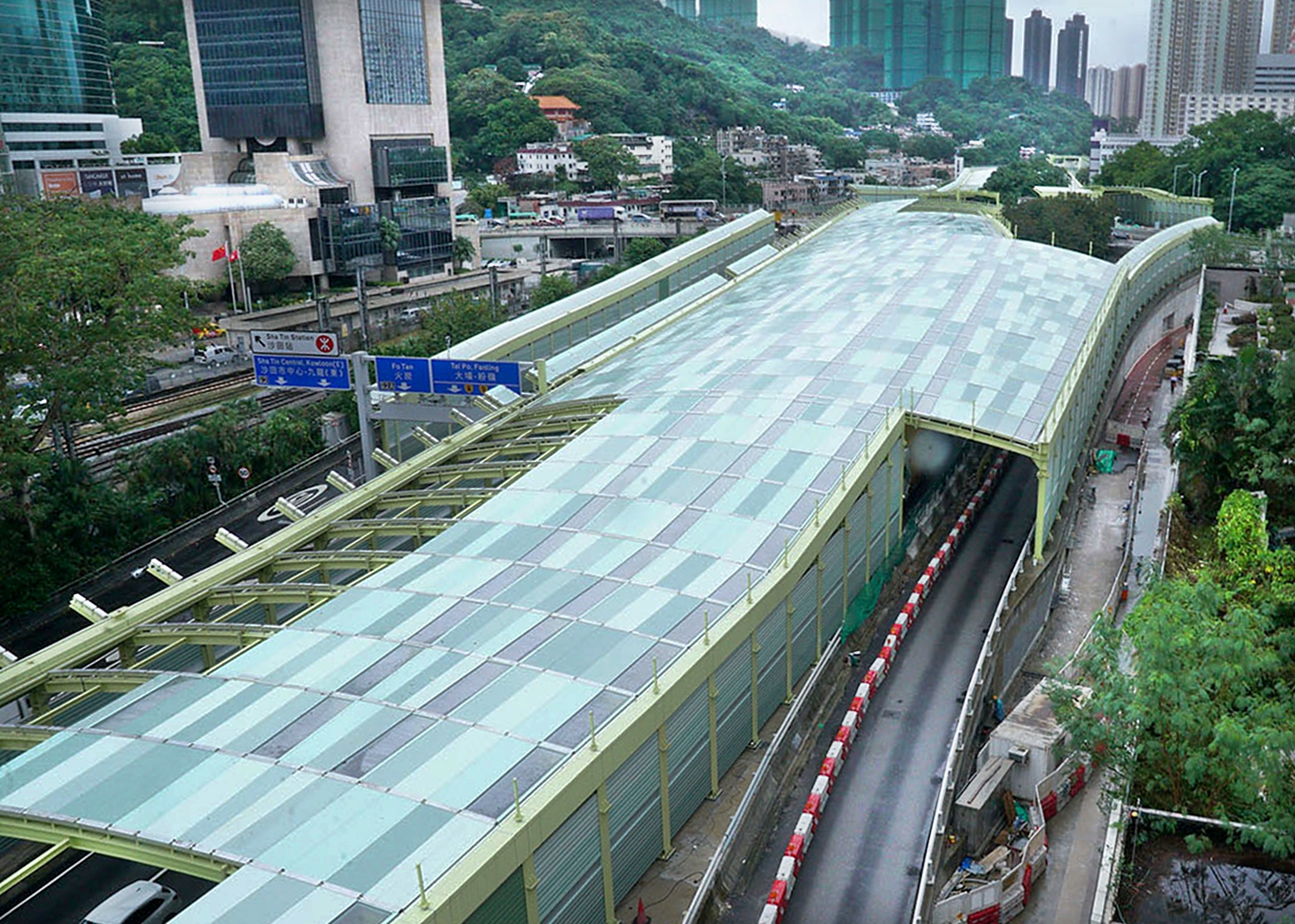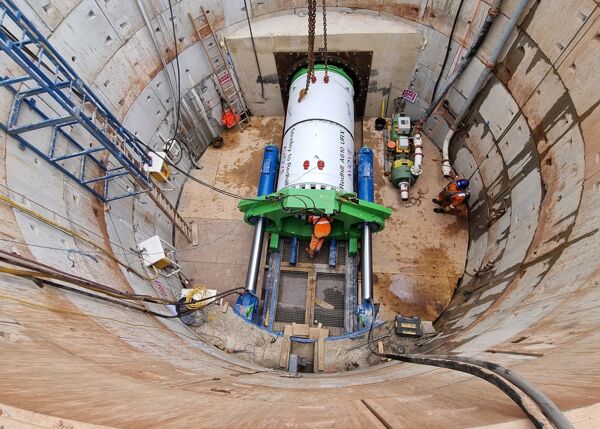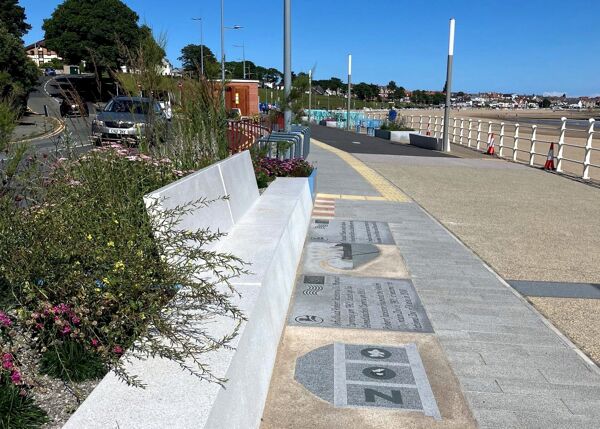
NEC has been used to widen and quieten a busy stretch of urban dual carriageway in Hong Kong. The Civil Engineering and Development Department (CEDD) of the Government of the Hong Kong Special Administrative Region of China let the HK$1,600 million (£162 million) construction contract to China Railway–China Railway First Group–Zhen Hua Engineering Joint Venture under an NEC3 Engineering and Construction Contract (ECC) Option C (target contract with activity schedule) in July 2018.
Despite the challenges of the Covid-19 pandemic, the widening of a 1.1 km long section of the Tai Po Road in Sha Tin in the New Territories was satisfactorily completed in June 2024. CEDD North Development Office was the NEC project manager and Aecom Asia was the NEC supervisor.
 The project involved upgrading the road between Sha Tin Plaza and Wo Che Estate from a dual-two-lane to dual-three-lane carriageway to meet future traffic demand. Steel-framed noise barriers and enclosures were installed along most of the route to reduce the impact of traffic noise on local residents. Other works included modifications to the Sha Tin Rural Committee Road interchange, including new slip roads and lifts, as well as alterations to two footbridges across Tai Po Road and transplanting existing trees.
The project involved upgrading the road between Sha Tin Plaza and Wo Che Estate from a dual-two-lane to dual-three-lane carriageway to meet future traffic demand. Steel-framed noise barriers and enclosures were installed along most of the route to reduce the impact of traffic noise on local residents. Other works included modifications to the Sha Tin Rural Committee Road interchange, including new slip roads and lifts, as well as alterations to two footbridges across Tai Po Road and transplanting existing trees.
Challenging site
CEDD North Development Office engineer Chris Pang says ECC Option C was primarily chosen due to the challenging site constraints. ‘We were working above or adjacent to an overground rail line and had to maintain the existing busy traffic along the carriageway being widened during construction. It was therefore important for the client and contractor to fairly share any potential risk throughout the course of project in a fully collaborative way.’
He says in line with the NEC requirement to act in a ‘spirit of mutual trust and co-operation’, the project team worked collaboratively to overcome many challenges from the outset. ‘During the project we held a series of review workshops to reinforce the collaborative working environment and to develop synergy on site for achieving common goals and mutual objectives.’
Pang says the senior management of all parties participated in early morning meetings on a bi-weekly basis to help ensure timely completion. ‘The project team took proactive follow-up actions to effectively execute the top-down directives by fully utilising their expertise in individual aspects.’
He says NEC-inspired collaboration extended to the project’s relationship with external stakeholders. ‘The contractor, project manager, supervisor and client demonstrated a one-team spirit in liaising with relevant government departments and the railway operator, and notifying affected road users and nearby residents, to facilitate the works.’
Global challenges
Pang says the project also faced global challenges during construction, such as the Covid-19 pandemic. ‘Following an NEC early warning about the pandemic, the project team devised a series of effective mitigation measures to recoup the negative programming impacts and maintain momentum for progress.’
He says CEDD appreciated the contractor’s operational difficulties brought by Covid and its positive approach to resolving them. ‘The project manager assessed the impacts under relevant NEC compensation events in a fair and sympathetic way.’
Pang says there were several early warnings concerning supply issues from mainland China, which were due to Covid and adverse weather. ‘The project team promptly responded to the situation during NEC risk reduction meetings and jointly developed mitigation measures, such as using alternative delivery routes via land transport and securing an additional works area for advanced storage. The client and project manager also directly liaised with some material suppliers to minimise the impact to the project.’
He concludes, ‘The management tools provided in the NEC contract, plus the widespread encouragement of a sense of ownership in the project, lead to tremendous success in navigating the challenges and delivering the works to the revised programme.’
Benefits of using NEC
- NEC requirement to act in a ‘spirit of mutual trust and co-operation’ encouraged the project team to work collaboratively to overcome many site constraints and external challenges.
- ECC Option C enabled the client and contractor to share fairly potential risks throughout the course of project in a fully collaborative way.
- NEC early warnings enabled timely mitigation measures, with residual impacts fairly reimbursed through NEC compensation events.




